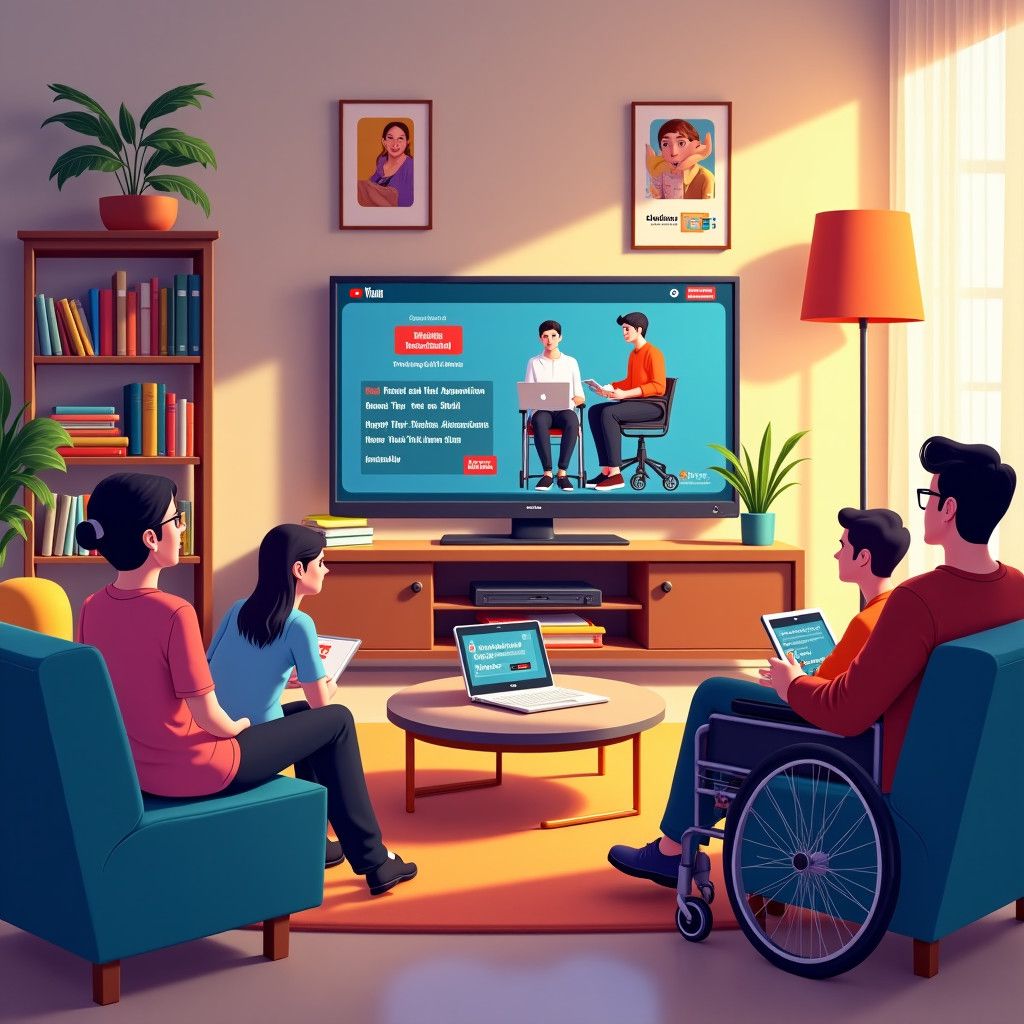In a significant move to bolster inclusivity in digital media, YouTube has introduced an auto-dubbing feature that is revolutionizing access to content for non-native speakers and the hearing impaired. As of December 2024, this innovative tool has expanded its reach to hundreds of thousands of channels across the platform, heralding a new era of accessibility in online content.
The auto-dubbing feature utilizes advanced machine learning algorithms to translate and voice-over video content in multiple languages. This AI-driven approach not only helps bridge language barriers but also ensures that instructional videos are comprehensible to a broader audience. For instance, a tutorial created in English can now be instantly dubbed in Spanish, French, or Mandarin, making it accessible to millions who may not have otherwise engaged with the content due to language differences.
The Importance of Accessibility in Digital Content
Understanding the significance of accessibility is crucial. According to the World Health Organization, approximately 2.2 billion people globally have a vision impairment or blindness, while over 430 million people suffer from hearing loss. This demographic represents a substantial portion of potential viewers who are often excluded from engaging with video content. YouTube’s auto-dubbing is a strategic move to cater to these audiences and uphold its commitment to inclusivity.
Moreover, with YouTube being one of the largest platforms for educational and instructional videos, the introduction of auto-dubbing enhances learning opportunities. For example, educational institutions and creators can now reach international students who study online but speak different primary languages. This feature not only increases the accessibility of learning materials but also elevates the overall educational experience.
Real-World Impact of Auto-Dubbing
Several content creators have already reported positive outcomes from the auto-dubbing feature. For instance, a popular cooking channel that primarily served an English-speaking audience has seen an uptick in views from Spanish-speaking countries since implementing the tool. This not only broadened their audience base but also created opportunities for niche engagement, allowing them to offer localized recipes that appealed to different cultures.
In addition to language accessibility, auto-dubbing provides an alternative for viewers who may have difficulty with traditional subtitles. For viewers with dyslexia or those who are simply more auditory learners, having spoken translations can make a significant difference in their content consumption experience.
Challenges and Considerations
While the benefits are evident, YouTube’s auto-dubbing feature is not without its challenges. Initial concerns regarding the accuracy of translations and voice reproduction raised eyebrows. Human translators often add nuances and context that machines may miss, potentially leading to misinterpretations of content. However, ongoing enhancements in AI technology are aimed at addressing these issues, ensuring greater fidelity in translations.
Another consideration for creators revolves around monetization. As channels begin to use auto-dubbing to attract more viewers, they must navigate new policies around ads and revenue sharing associated with multilingual content. YouTube is expected to refine its monetization strategies as the feature matures and attracts a wider range of creators.
Looking Ahead: The Future of a Multilingual YouTube
The introduction of auto-dubbing is a step toward a more inclusive internet—a vision where content is accessible regardless of language barriers. As this tool gains traction, it will undoubtedly inspire other platforms to innovate similar functionalities.
In the coming years, we can expect further refinements to the auto-dubbing feature, potentially expanding into more languages and integrating with other AI advancements. This could include personalized dubbing options where viewers select voices and accents, enhancing user engagement.
For businesses and creators, embracing this technology presents a unique opportunity to diversify audience reach. Utilizing tools like auto-dubbing not only creates a more inclusive platform but also harnesses the potential of global markets.
Conclusion
In a world where digital content consumption is booming, YouTube’s auto-dubbing feature stands out as a beacon of accessibility and inclusion. It marks a significant leap forward in making video content available to a broader audience, ensuring that language is no longer a barrier to learning and entertainment. As technology continues to evolve, there is no doubt that platforms like YouTube will lead the charge in creating a more accessible digital landscape.












